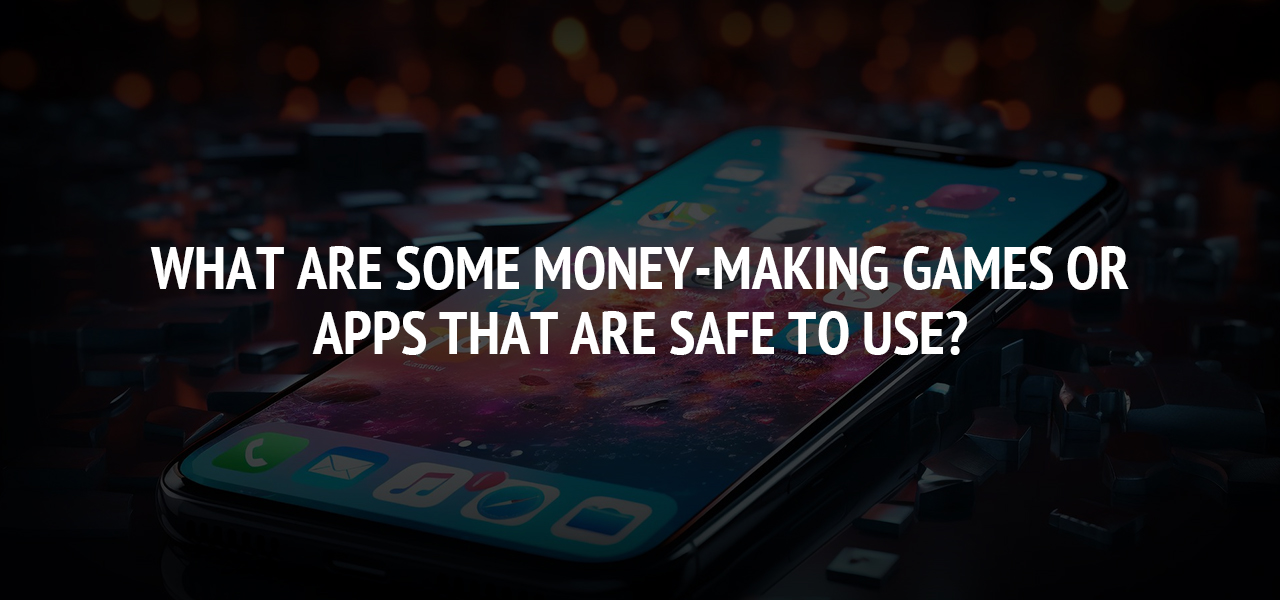5 Omnichannel Strategies for Boosting App Productivity

Omnichannel strategies are cohesive approaches to customer engagement across multiple platforms and touchpoints. It’s derived from the Latin word omnis, meaning “all” or “every.” Instead of operating in silos, these strategies aim to create a seamless experience that moves effortlessly between channels, such as mobile apps, websites, or physical locations.
App companies are leading the way in adopting omnichannel strategies, and it’s not hard to see why. In an industry that thrives on user engagement and retention, these businesses must stand out in competitive app marketplaces. Creating an integrated experience helps apps to maintain user loyalty, boost interaction rates, and build trust.
Here are five ways omnichannel strategies can significantly enhance app productivity.
Consistent and Personalised Notifications
One of the most effective omnichannel strategies is using an integrated messaging system to deliver consistent and tailored notifications to the user’s preferences. This approach ensures that users receive relevant updates. Additionally, personalised notifications, when aligned with a user’s activity, create a sense of value and connection with the app, as they address specific needs and interests rather than sending generic messages.
For example, a hobby app designed for remote-controlled (RC) car enthusiasts could notify users about essential maintenance tips, replacement schedules, or even new developments in rc batteries. Providing targeted information like this makes the app indispensable for its users since it becomes a trusted resource that aligns with their interests.
While personalised notifications are powerful, they can quickly become a nuisance if overused. Bombarding users with excessive or irrelevant updates might push them to disable notifications entirely or even uninstall the app. To avoid this, give users control by allowing them to customise the type and frequency of notifications they receive.
Unified User Accounts Across Channels
Creating unified user accounts that sync across all channels is fundamental to an effective omnichannel strategy. A single account that works seamlessly across devices allows users to access their data, preferences, and progress without interruption, enhancing convenience and usability.
For example, a language-learning app could allow users to start lessons on their laptops and continue seamlessly on their smartphones while commuting. The progress would be automatically updated, and notes or saved preferences would be instantly accessible on both devices. This creates a frictionless experience that keeps users engaged and less likely to abandon the app due to inconvenience.
However, achieving this level of integration requires robust backend systems (the underlying software and hardware infrastructure of an app). Any technical issues, such as lag or incomplete syncing, could frustrate users and diminish their trust. Regular maintenance, security updates, and thorough testing are crucial to ensure that users enjoy a smooth and reliable experience.
Multi-Channel Support Integration
Another way apps can boost productivity while keeping users satisfied is by providing excellent customer support through multiple channels. An omnichannel support system ensures they receive consistent help without needing to repeat their issues when switching platforms. This seamless experience can drastically reduce frustration and improve the overall perception of the app.
For instance, a productivity app might let a user initiate a support query via live chat within the app and later follow up through email without needing to recount the problem. This is achieved through centralised customer support systems that log interactions and allow support teams to view previous communications. Such integration saves the user time and showcases the app’s commitment to solving problems efficiently.
The challenge lies in maintaining consistency across channels. Every touchpoint must deliver the same level of quality and responsiveness, which requires thorough training for support teams and regular performance reviews. Ensuring that automated systems, like chatbots, are aligned with human responses is vital to preventing miscommunication.
Cross-Platform Functionality
Clinching that app features are fully functional and optimised across all platforms is critical to creating a seamless omnichannel experience. Users expect to access the same tools and services regardless of whether they use a mobile device, desktop, or wearable technology. This consistency enhances usability, builds trust, and ensures users can engage with the app without limitations.
For example, a fitness app might enable users to track workouts on a smartwatch, review analytics on a desktop, and log meals on a mobile phone. Integrating these functions across devices makes the app an essential tool for users who need flexibility in interacting with it. A unified interface and smooth transitions between platforms ensure that users never feel constrained by their devices.
However, developing cross-platform functionality often involves tackling device-specific limitations, such as varying screen sizes or hardware capabilities. To solve this, ensure that features are available and optimised for each platform requires careful design, testing, and ongoing updates.
Centralised Data Analytics for Personalisation
Collecting and centralising data from all user touchpoints is a cornerstone of omnichannel strategies. Analytics allow app developers to gain a holistic view of user behaviour, enabling them to refine features, personalise experiences, and anticipate user needs. With centralised analytics, apps can track trends, such as peak usage times or shared points of frustration, and address them proactively.
For example, a subscription-based app might notice a high drop-off rate after a free trial period. This enables developers to identify which features users found most appealing during the trial and use that information to create targeted retention strategies. These strategies might include personalised email campaigns, in-app tutorials, or exclusive discounts for loyal users.
Nonetheless, it’s crucial to approach data collection with transparency. Informing users about what data is being collected and how it will be used can build trust and prevent backlash. Additionally, implementing strong security measures, such as encryption (the process of converting data into a secure format), ensures that user information remains protected from breaches.
Final Thoughts
Omnichannel strategies are a transformative approach to enhancing app productivity and user engagement. Note, however, that every business is unique, so for more personalised advice tailored to your specific needs, it’s wise to consult a professional for guidance.
About The Author
Related Blog
View All-
Featured Android & iOS Apps of March 2017 - TheGreatApps
With so many applications on Google Play Store and App Store, it's difficult to find Best Android Apps or Best iOS Apps. It's impossible to keep track of apps which are released every day. As we have the several months now, today we are showing you some best new ...
-
What Are Some Money-Making Games or Apps That Are Safe to Use?
It is everywhere. The answer is obvious: who doesn’t want to earn extra money while playing games or using their phone? The good news is that some of the app and game developers are honest and they do reward you with genuine rewards while keeping you engaged. However, ...







